Home>Garden Essentials>What Greenery Goes With Eucalyptus
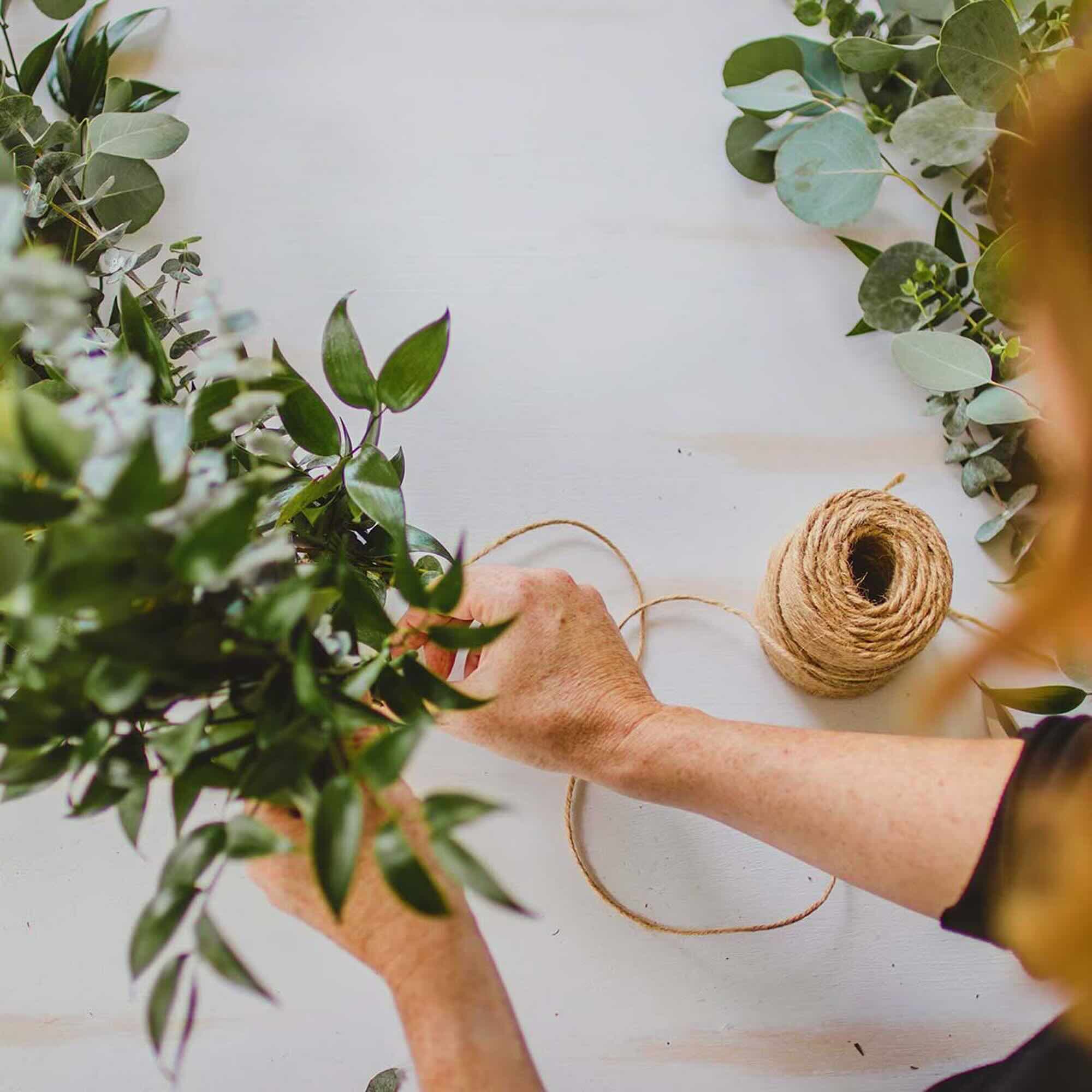

Garden Essentials
What Greenery Goes With Eucalyptus
Modified: March 7, 2024
Enhance your garden with the perfect greenery to complement your eucalyptus. Discover the best plants and foliage that go well with eucalyptus in your garden.
(Many of the links in this article redirect to a specific reviewed product. Your purchase of these products through affiliate links helps to generate commission for Storables.com, at no extra cost. Learn more)
Introduction
Eucalyptus is a popular choice among garden enthusiasts for its aromatic and attractive foliage. Its unique scent and soothing green leaves make it a versatile and sought-after greenery for various floral arrangements and garden landscapes. However, to truly make eucalyptus shine, it’s essential to pair it with the right complementary greenery. By combining different types of foliage, you can create stunning arrangements that are visually appealing and harmonious. In this article, we will explore some of the best greenery options to pair with eucalyptus, taking into account factors such as texture, color, and shape.
Key Takeaways:
- Pairing eucalyptus with greenery like ferns and roses creates visually captivating bouquets and arrangements, adding depth and texture to floral displays.
- Styling eucalyptus with different shapes and textures of greenery in wreaths and garlands brings natural beauty and elegance to any space, creating stunning and cohesive displays.
Read more: What Greenery Goes With Tulips
Complementary Greenery Options for Eucalyptus
1. Silver Dollar Eucalyptus: One of the most popular choices for pairing with eucalyptus is the Silver Dollar Eucalyptus (Eucalyptus cinerea). Its round, silvery-blue leaves beautifully complement the long, narrow leaves of eucalyptus. This combination creates a texturally interesting and visually appealing arrangement.
2. Seeded Eucalyptus: Another great option is Seeded Eucalyptus (Eucalyptus gunnii). The small, delicate seed pods on the branches add a touch of whimsy and a unique texture to any arrangement. Pairing Seeded Eucalyptus with eucalyptus brings out the different sizes and shapes of the leaves, creating a visually interesting display.
3. Baby Blue Eucalyptus: For a softer and more delicate look, Baby Blue Eucalyptus (Eucalyptus pulverulenta) is an excellent choice. The small, round leaves in a dusty blue shade add dimension and a pop of color to any eucalyptus arrangement. The combination of the larger eucalyptus leaves with the smaller Baby Blue Eucalyptus leaves creates a beautiful contrast.
4. Lemon Eucalyptus: If you’re looking to add a vibrant splash of color to your arrangements, consider pairing eucalyptus with Lemon Eucalyptus (Eucalyptus citriodora). The bright green, lemon-scented leaves provide a fresh and lively addition to any floral composition. The combination of the lemon eucalyptus leaves with the traditional eucalyptus foliage adds a touch of zest and energy.
5. Willow Eucalyptus: For a more whimsical and flowing look, Willow Eucalyptus (Eucalyptus salicifolia) is an excellent choice. Its long, slender leaves resemble willow branches, adding an elegant and graceful element to any arrangement. Pairing the wispy texture of Willow Eucalyptus with the robust leaves of eucalyptus creates a beautiful contrast of shapes and sizes.
When selecting complementary greenery for eucalyptus, it’s important to consider factors such as texture, color, and shape. The main objective is to create a harmonious blend that enhances the beauty of the eucalyptus while adding visual interest to the arrangement. Experimenting with different combinations and exploring the unique characteristics of each greenery option will allow you to create stunning floral displays that are truly captivating.
In the next section, we will discuss these factors in detail and provide tips on how to style eucalyptus with other greenery for different types of arrangements. Whether you’re creating bouquets, wreaths, or centerpieces, there are various techniques you can employ to make the most of your eucalyptus and complementary greenery. So let’s delve into the world of styling eucalyptus with other greenery!
Silver Dollar Eucalyptus
Silver Dollar Eucalyptus (Eucalyptus cinerea) is one of the most commonly used types of eucalyptus for floral arrangements and landscaping. It is characterized by its round, silvery-blue leaves that have a pleasant aroma. When paired with other greenery, Silver Dollar Eucalyptus adds a touch of elegance and sophistication to the overall composition.
The round shape of the Silver Dollar Eucalyptus leaves provides a beautiful contrast when combined with the long, narrow leaves of eucalyptus. This combination creates an eye-catching blend of textures, adding visual interest to any arrangement. The silvery-blue color of the leaves also adds a cool and calming effect, making it a perfect choice for creating serene and peaceful floral displays.
When selecting complementary greenery to pair with Silver Dollar Eucalyptus, consider options that will enhance its visual appeal. One great choice is the use of foliage with contrasting shapes and textures. For example, pairing the delicate, feathery leaves of Ferns (such as Maidenhair Fern) with the sturdy and round leaves of Silver Dollar Eucalyptus creates a beautiful balance between softness and structure.
To add depth and variety to your arrangements, you can also incorporate different shades of green foliage. For instance, combining Silver Dollar Eucalyptus with darker greens like Leatherleaf Fern or Pittosporum gives a rich and vibrant look. On the other hand, incorporating lighter greens like Italian Ruscus or Baby’s Breath adds a touch of freshness and delicacy to the arrangement.
In terms of floral pairing, Silver Dollar Eucalyptus works well with a variety of flowers. Its neutral color and shape make it a versatile greenery that can complement both bold and subtle blooms. Consider pairing it with flowers like roses, hydrangeas, or peonies for a romantic and classic look. For a more bohemian or rustic vibe, pairing it with wildflowers or daisies can create a whimsical and carefree atmosphere.
When arranging bouquets or centerpieces with Silver Dollar Eucalyptus, be mindful of the proportion and placement of the greenery. Use it as a filler to add volume and texture, while allowing the other flowers and focal points to take center stage. By maintaining a balanced composition, you can create visually stunning arrangements that highlight the beauty of Silver Dollar Eucalyptus.
Whether you’re creating wedding bouquets, table centerpieces, or simply enhancing your garden landscape, pairing Silver Dollar Eucalyptus with complementary greenery can elevate your floral arrangements to a whole new level. Experiment with different combinations and let your creativity shine as you explore the endless possibilities of using Silver Dollar Eucalyptus in your designs.
Seeded Eucalyptus
Seeded Eucalyptus (Eucalyptus gunnii) is another fantastic option to pair with eucalyptus for various floral arrangements and garden landscapes. This type of eucalyptus is characterized by its small, delicate seed pods that grow along its branches. The addition of seeded eucalyptus to your compositions can bring a whimsical and textural element that adds depth and visual interest.
The unique feature of Seeded Eucalyptus lies in its seed pods, which are small and round, adding a charming and playful touch to any arrangement. When combined with eucalyptus, the seeded variety creates a beautiful contrast of sizes and shapes. The long, narrow leaves of eucalyptus pair well with the small seed pods, resulting in an arrangement that is visually captivating.
When selecting complementary greenery to pair with Seeded Eucalyptus, consider options that enhance the texture and visual appeal of the arrangement. Combining Seeded Eucalyptus with foliage like Dusty Miller or Silver Brunia berries can add a touch of softness and a silvery hue that complements the greenery. Additionally, variegated Pittosporum or Lamb’s Ear can provide a contrasting texture and a pop of color.
To create a more dynamic composition, you can experiment with mixing different shades and tones of green foliage. For instance, pairing Seeded Eucalyptus with greens like Emerald Fern or Israeli Ruscus can create a lush and vibrant look. Alternatively, combining it with lighter greens like Seeded Eucalyptus or Lily Grass can add a delicate and airy feel to the arrangement.
When it comes to floral pairing, Seeded Eucalyptus plays well with a variety of flowers. Its neutral color and textured appearance make it a versatile greenery choice. Consider combining it with flowers like roses, lisianthus, or dahlias for a romantic and elegant arrangement. If you prefer a more rustic or wildflower-inspired look, pairing it with sunflowers, daisies, or lavender can create a charming and relaxed atmosphere.
When styling Seeded Eucalyptus in bouquets or floral arrangements, you can use it as a filler to add volume and texture. Its unique seed pods can be strategically placed to create focal points or add visual interest. Seek a balance between the seeded eucalyptus and other elements, allowing each component to shine and create a harmonious composition.
Whether you’re creating arrangements for weddings, events, or simply sprucing up your home decor, Seeded Eucalyptus brings a sense of charm and whimsy to any floral design. By pairing it with complementary greenery and flowers, you can create visually stunning compositions that evoke a sense of natural beauty and enchantment. Let your creativity flourish as you explore the possibilities of using Seeded Eucalyptus in your floral creations.
Baby Blue Eucalyptus
Baby Blue Eucalyptus (Eucalyptus pulverulenta) is a delightful variety of eucalyptus that is well-known for its soft, dusty blue leaves. This charming greenery option adds a touch of elegance and a pop of color to any floral arrangement or garden landscape. When paired with other greenery, Baby Blue Eucalyptus creates a beautiful contrast and brings a delicate and airy feel to the composition.
The small, round leaves of Baby Blue Eucalyptus have a powdery texture and a unique shade of blue that adds visual interest to any arrangement. When combined with eucalyptus, they create a stunning contrast of sizes and shapes. The broad, elongated leaves of eucalyptus provide a perfect backdrop for the smaller, more vibrant Baby Blue Eucalyptus leaves.
When selecting complementary greenery to pair with Baby Blue Eucalyptus, consider options that enhance its delicate and ethereal appearance. Ferns such as Sword Fern or Plumosa Fern work well alongside Baby Blue Eucalyptus, providing a soft and feathery texture. Additionally, adding touches of Gypsophila (Baby’s Breath) or Waxflower can add a touch of lightness and whimsy to the arrangement.
In terms of color, Baby Blue Eucalyptus works beautifully with various shades of green and lighter pastel hues. Pairing it with greens like Ruscus or Pittosporum adds a fresh and natural look to the composition. Alternatively, incorporating pastel blooms like roses, hydrangeas, or delphinium can create a romantic and gentle aesthetic.
When styling Baby Blue Eucalyptus in bouquets or arrangements, consider using it as a focal point or a filler to add volume and depth. Its unique blue hue can add a pop of color amidst other greenery or flowers. If you’re looking for a more cohesive look, you can create monochromatic arrangements with different shades of blue-green foliage, such as combining Baby Blue Eucalyptus with Dusty Miller or Blue Thistle.
Baby Blue Eucalyptus is a versatile greenery that suits a range of styles, from elegant and sophisticated to rustic and bohemian. Its soft and airy appearance brings a sense of tranquility and freshness to any floral design. Whether you’re creating bridal bouquets, table centerpieces, or wreaths, the addition of Baby Blue Eucalyptus will undoubtedly elevate your compositions and create a captivating visual experience.
Incorporating Baby Blue Eucalyptus into your floral arrangements or garden landscapes allows you to experiment with color, texture, and volume. Let your imagination run wild as you explore the many possibilities of combining Baby Blue Eucalyptus with other greenery and flowers. The result will be stunning compositions that evoke a sense of serenity and beauty.
Read more: What Greenery Goes With Calla Lilies
Lemon Eucalyptus
Lemon Eucalyptus (Eucalyptus citriodora) is a vibrant and aromatic variety of eucalyptus that adds a refreshing touch to any floral arrangement or garden landscape. Known for its bright green leaves and lemony scent, Lemon Eucalyptus brings a burst of energy and zest to compositions when paired with other greenery. This unique greenery option is perfect for adding a pop of color and a citrusy aroma to your designs.
The bright green leaves of Lemon Eucalyptus provide a lively and invigorating element when combined with eucalyptus. This vibrant color makes it an excellent choice for creating arrangements that exude freshness and vitality. Whether you’re creating a bouquet, wreath, or table centerpiece, Lemon Eucalyptus brings a delightful touch to the overall composition.
When selecting complementary greenery to pair with Lemon Eucalyptus, it’s best to opt for foliage that enhances its vibrant and citrusy nature. Pairing it with greenery like Salal, Boxwood, or Pittosporum provides a rich backdrop that allows the Lemon Eucalyptus leaves to stand out. Additionally, adding touches of flowers like yellow roses, sunflowers, or daisies can further enhance the sunny and zesty theme.
In terms of texture, the broad and leathery leaves of Lemon Eucalyptus pair well with softer and more delicate foliage. Consider incorporating feathery greens like Gypsophila (Baby’s Breath) or Ferns to create a balanced and textured arrangement. The contrast between the larger, sturdy Lemon Eucalyptus leaves and the finer, airy greens adds visual interest and depth to the composition.
When styling Lemon Eucalyptus in bouquets or arrangements, you can use it as a focal point to add a vibrant pop of color or as a filler to add volume and texture. Its lemony scent can also add an extra sensory element to your compositions, creating a delightful experience for both sight and smell. Consider incorporating Lemon Eucalyptus into wreaths or garlands for a fragrant and cheerful touch.
Whether you’re looking to create a summery bouquet or brighten up your garden landscape, Lemon Eucalyptus is an excellent choice for adding a citrusy vibe and a burst of color. Its unique fragrance and invigorating green leaves bring a sense of liveliness and joy to any floral design. Get creative and explore the various ways you can incorporate Lemon Eucalyptus into your arrangements, and let its refreshing nature elevate your compositions to new heights.
Willow Eucalyptus
Willow Eucalyptus (Eucalyptus salicifolia) is a type of eucalyptus that features long, slender leaves resembling willow branches. This unique greenery option adds an elegant and graceful element to any floral arrangement or garden landscape. When paired with other greenery, Willow Eucalyptus brings a whimsical and flowing look that creates a beautiful contrast of shapes and sizes.
The long, wispy leaves of Willow Eucalyptus create a sense of movement and grace when combined with eucalyptus. This flowing appearance adds an ethereal touch to floral arrangements and brings a sense of movement and rhythm to the composition. By pairing Willow Eucalyptus with eucalyptus, you can create a visually captivating display that is both unique and eye-catching.
When selecting complementary greenery to pair with Willow Eucalyptus, it’s important to consider how they will harmonize with the flowing and slender leaves. Ferns, such as Asparagus Fern or Plumosa Fern, can complement the delicate nature of Willow Eucalyptus, adding an extra layer of softness and texture. Additionally, incorporating flowers like Ranunculus or Lisianthus can create a romantic and whimsical vibe that harmonizes with the flowing greenery.
In terms of color, Willow Eucalyptus works well with various shades of green and can provide a natural backdrop for different color palettes. Pairing it with greens like Lemon Leaf or Pittosporum can create a lush and earthy composition. Alternatively, combining it with lighter greens or flowers in pastel hues, such as pale pink roses or lavender, can create an airy and dreamy look.
When styling Willow Eucalyptus in bouquets or arrangements, consider using it as a cascading element to create a sense of movement and elongation. Its long stems can be woven throughout the arrangement, allowing the wispy leaves to flow gracefully. By doing so, you can add depth and dimension to the composition, creating a visually stunning display.
Factors to Consider when Pairing Greenery with Eucalyptus:
1. Texture: Consider the textures of the greenery you choose to pair with eucalyptus. Combining different textures, such as the softness of ferns with the sturdiness of eucalyptus, creates visual interest and depth in your arrangements.
2. Color: Take into account the color scheme you want to achieve. Pairing eucalyptus with complementary greens can create a harmonious and natural look, while incorporating flowers in various colors can add pops of vibrancy and accentuate the greenery.
3. Shape: Pay attention to the shapes and forms of the greenery. Combining eucalyptus with greenery that has contrasting shapes, such as the round leaves of Silver Dollar Eucalyptus with the delicate fronds of Ferns, can create a visually appealing composition.
By considering these factors, you can create visually stunning arrangements that highlight the beauty of eucalyptus and enhance its overall appeal.
Pairing greenery with eucalyptus offers a wealth of possibilities and allows you to create unique and captivating compositions. Explore the endless combinations of greenery, textures, colors, and shapes to discover the perfect blend that suits your style and vision. Let your creativity flow as you experiment with different pairings and bring your floral arrangements to life.
Factors to Consider when Pairing Greenery with Eucalyptus
1. Texture
Texture plays a vital role in creating visually interesting and dynamic floral arrangements when pairing greenery with eucalyptus. By combining different textures, you can add depth and dimension to your compositions, making them visually captivating and engaging. When considering the texture of greenery to pair with eucalyptus, here are a few key points to keep in mind:
Contrast: Seek out greenery options that have textures contrasting to eucalyptus. For example, pairing the soft and feathery leaves of Ferns with the sturdy and leathery leaves of eucalyptus creates an appealing contrast. This contrast in textures adds visual interest and brings a more dynamic look to your arrangements.
Balance: Ensure there is a balance between the textures of the different greenery you select. A mixture of textures creates a harmonious and interesting arrangement. For instance, combining the delicate and wispy foliage of Baby’s Breath with the broad, rounded leaves of eucalyptus creates a beautiful balance of textures.
Layering: Experiment with layering different textures to add depth and dimension. Start with a base layer of eucalyptus, which provides a sturdy and structured foundation. Then, add in greenery with softer textures, such as Lemon Leaf or Dusty Miller, to create a layered look that adds visual interest and variation.
Size and Shape: Consider the size and shape of the leaves or fronds of the greenery you choose. Pairing greenery with varied leaf sizes and shapes, such as the long and slender leaves of Willow Eucalyptus with the rounded leaves of Silver Dollar Eucalyptus, adds an interesting visual element to your arrangements.
By carefully selecting greenery with contrasting textures and incorporating various sizes and shapes, you can create visually striking compositions that showcase the beauty of both eucalyptus and the complementary greenery. Experiment with different combinations to achieve the desired look and feel for your floral arrangements.
Remember that the texture of the greenery should enhance the overall aesthetics of the composition without overpowering the eucalyptus. Striking a balance between the textures of different greenery ensures a visually appealing and cohesive arrangement. Let your creativity flourish as you play with different textures and create unique and captivating floral displays.
Factors to Consider when Pairing Greenery with Eucalyptus
2. Color
Color is a crucial element to consider when pairing greenery with eucalyptus. The right combination of colors can enhance the overall aesthetic and create a visually appealing arrangement. When considering the color of greenery to pair with eucalyptus, there are a few key points to keep in mind:
Complementary Colors: Look for greenery options that complement the color scheme of your arrangement. Green is a versatile color that pairs well with various hues. Consider using greens like Ruscus, Lemon Leaf, or Pittosporum, which harmonize well with eucalyptus. The combination of different shades of green creates a natural and cohesive look.
Contrasting Colors: Consider incorporating greenery with colors that contrast with eucalyptus to create visual interest. For example, pairing eucalyptus with greens like Silver Brunia or Dusty Miller, which have a grayish hue, adds a lovely contrast that enhances the overall arrangement. Adding pops of color with flower accents, such as vibrant roses or sunny daisies, can also create a visually striking contrast against the greenery.
Mood and Theme: Select greenery colors that align with the mood or theme you wish to create. For a vibrant and lively arrangement, opt for lush greens or pair eucalyptus with greenery and flowers in bold, saturated colors. For a more tranquil and serene atmosphere, choose softer greens or incorporate pastel shades. The color palette you choose will evoke different emotions and set the tone for your arrangement.
Seasonal Considerations: Take into account the season when selecting the color of greenery. In the spring, you might consider pairing eucalyptus with fresh greens and pastel-colored flowers. In the fall, opt for greenery with warm hues like copper beech leaves or red-tinted foliage. Adapting the color palette to the season adds harmony and a sense of natural beauty to your arrangements.
Remember that greenery is not limited to just shades of green. Many types of greenery come in variegated varieties with different shades and patterns on their leaves. Variegated greenery, such as Variegated Pittosporum or Variegated Ivy, can add an extra dimension of color and visual interest to your arrangements.
By carefully considering the color of the greenery you pair with eucalyptus, you can create harmonious, eye-catching arrangements. The right combination of colors will enhance the beauty of eucalyptus and create a cohesive and visually pleasing composition. Let your creativity guide you as you experiment with different color combinations and create stunning floral displays.
Factors to Consider when Pairing Greenery with Eucalyptus
3. Shape
The shape of greenery is an important factor to consider when pairing it with eucalyptus. Combining different shapes can create visually appealing compositions with depth and interest. When considering the shape of greenery to pair with eucalyptus, here are a few key points to keep in mind:
Contrasting Shapes: Look for greenery options with shapes that contrast with eucalyptus to add visual interest. For example, pairing eucalyptus with ferns that have feathery and delicate fronds creates a beautiful contrast against the more structured and elongated leaves of eucalyptus. This contrast adds depth and variation to your arrangements.
Layering Shapes: Experiment with layering different shapes of greenery to create dimension in your arrangements. For instance, start with a base layer of eucalyptus, which typically has broad and elongated leaves. Then, layer in greenery with more rounded or compact shapes, such as Pittosporum or Rosemary, to add texture and volume. This layering technique creates a visually appealing arrangement with varying levels of depth.
Balance: Achieve a balanced composition by selecting greenery with shapes that complement one another. Pairing rounded or clustered foliage, such as Clustered Buttercups or Ranunculus, with the long and linear leaves of eucalyptus creates a harmonious balance in shape. This balance ensures that no one element overwhelms the other, resulting in a visually pleasing arrangement.
How to Style Eucalyptus with Other Greenery
Styling eucalyptus with other greenery offers endless possibilities for creating stunning compositions. Here are a few styling ideas to incorporate a variety of greenery types:
1. Bouquets and Arrangements: When creating bouquets, use eucalyptus as the foundational greenery and add other varieties around it. For a structured look, place greenery with more upright growth, such as Leatherleaf Fern or Myrtle, around the base of the bouquet. To add flow and movement, tuck in wispy greens like Russian Olive or Lily Grass throughout the arrangement. Experiment with different combinations to achieve the desired shape and style.
2. Wreaths and Garlands: Use eucalyptus to form the base structure of wreaths and garlands. Add in other greenery such as Ivy, Boxwood, or Olive branches to provide a fuller and more textured look. The cascading nature of eucalyptus branches allows you to create flowing and organic shapes in wreaths or garlands, providing an elegant and natural feel.
3. Table Centerpieces: Style eucalyptus and other greenery in table centerpieces by creating layered compositions. Start with a base of eucalyptus branches, allowing them to drape over the edges of the centerpiece vessel. Add in shorter, more compact greenery like Baby’s Breath or Dusty Miller to create texture and fill in any gaps. The combination of different shapes and heights adds visual interest to the centerpiece.
Remember to pay attention to proportion and balance when styling eucalyptus with other greenery. The goal is to create a harmonious composition where each element complements one another. Experiment with different shapes, layering techniques, and combinations of greenery to create unique and visually captivating arrangements. Let your creativity shine as you explore the endless possibilities of styling eucalyptus with other greenery.
How to Style Eucalyptus with Other Greenery: 1. Bouquets and Arrangements
Bouquets and floral arrangements are a popular way to showcase the beauty of eucalyptus and other greenery. When styling eucalyptus in bouquets and arrangements, there are various techniques you can employ to create visually stunning compositions. Here are some ideas:
Start with Eucalyptus as the Foundation: Begin by using eucalyptus as the foundational greenery in your bouquet or arrangement. Its sturdy stems and elegant foliage make it an excellent base to build upon. Arrange a few stems of eucalyptus in a rounded shape, allowing them to form the structure for the rest of the greens and flowers.
Add Texture with Different Ferns: To add texture and depth to your bouquet, incorporate different types of ferns. Maidenhair Fern or Leatherleaf Fern, with their delicate and feathery fronds, create a soft and romantic look. Clustered Buttercups or Sword Ferns, which have more structured and defined foliage, add a touch of elegance.
Include Filler Greens: Filler greens help fill in the gaps between the main focal flowers and greenery, providing volume and creating a well-balanced bouquet. Greenery like Baby’s Breath, Waxflower, or Limonium adds delicate textures and a light, airy feel. These fillers enhance the overall composition and create a sense of fullness.
Experiment with Other Foliage: Don’t be afraid to mix in different types of foliage to add visual interest and variation. Silver Dollar Eucalyptus, Seeded Eucalyptus, or Willow Eucalyptus can bring unique textures and shapes to your bouquet. Incorporating foliage like Pittosporum, Smilax, or Ruscus adds a lush and verdant feel to the arrangement.
Play with Contrasting Colors: Consider contrasting colors to create a visually striking bouquet. Pair eucalyptus with greenery that has different shades and tones. For example, mix darker greens of Leatherleaf Fern with lighter greens like Lemon Leaf or Israeli Ruscus. The contrasting colors add depth and dimension to the bouquet.
Highlight Focal Flowers: Once you have arranged the eucalyptus and other greens, it’s time to add the focal flowers. Choose flowers that complement the color scheme and style of your bouquet. Roses, peonies, dahlias, or hydrangeas work well with eucalyptus, creating an exquisite and romantic look.
Finishing Touches: To complete your bouquet or arrangement, add a few delicate sprigs of smaller greenery or filler flowers throughout the composition. This helps create a natural and flowing appearance, enhancing the overall design.
Remember to pay attention to proportion and balance when styling bouquets and arrangements. The eucalyptus should serve as a foundation while allowing the other flowers and focal points to shine. Let your creativity guide you as you experiment with different combinations of greenery and flowers to achieve the desired shape, style, and overall aesthetic of your bouquet or arrangement.
Styling eucalyptus with other greenery in bouquets and arrangements allows you to showcase the unique beauty of each component while creating a harmonious and visually stunning composition. Let your personal style and creativity come alive as you play with different textures, colors, and foliage combinations to create captivating floral arrangements.
How to Style Eucalyptus with Other Greenery: 2. Wreaths and Garlands
Wreaths and garlands are versatile decorations that can be used to add a touch of elegance and natural beauty to various spaces. Styling eucalyptus with other greenery in wreaths and garlands allows you to create stunning and cohesive displays. Here are a few ideas to help you achieve beautiful arrangements:
Start with a Eucalyptus Base: Begin by creating a base of eucalyptus branches. Willow Eucalyptus or Silver Dollar Eucalyptus work particularly well for this purpose due to their flowing and sturdy nature. Arrange the stems in a circular or cascading shape, depending on whether you are creating a wreath or garland.
Incorporate Different Types of Foliage: To add visual interest and texture to your wreath or garland, incorporate different types of greenery. Ivy, Boxwood, or Seeded Eucalyptus are excellent choices. These greens bring different shapes and hues, creating variations that make your arrangement captivating.
Consider Complementary Shapes: Mix foliage with different shapes to create a dynamic display. For example, pair the rounded leaves of Pittosporum or Dusty Miller with the elongated eucalyptus branches. This contrast in shapes adds depth and visual appeal to your wreath or garland.
Add Splashes of Color: To infuse some color into your arrangement, incorporate flowers in complementary hues. Flowers like roses, dahlias, or peonies can add a pop of vibrancy to your wreath or garland. Remember to choose flowers that complement the overall color scheme and style of your design.
Include Additional Elements: Enhance the visual interest of your wreath or garland by adding other natural elements. Consider incorporating pinecones, berries, or dried flowers for a more rustic or seasonal touch. These elements provide texture, color, and an organic feel to the arrangement.
Secure with Floral Wire or Ribbon: Once you have arranged and layered the greenery and any additional elements, secure your wreath or garland using floral wire or ribbon. This ensures that your creation remains intact and can be easily hung or displayed.
Personalize with Embellishments: Consider adding personal touches to your wreath or garland. You can attach decorative ribbons, bows, or small ornaments that match the theme or occasion. This customization adds a unique charm and further elevates the visual appeal of your creation.
Whether you’re creating a wreath for your front door or a garland cascading along a staircase, styling eucalyptus with other greenery adds depth, texture, and natural beauty to your arrangement. Let your creativity soar as you mix and match different types of foliage, colors, and embellishments to create one-of-a-kind wreaths and garlands that bring joy and enchantment to any space.
How to Style Eucalyptus with Other Greenery: 3. Table Centerpieces
Table centerpieces are a focal point when it comes to decorating dining tables, event spaces, or special occasions. Styling eucalyptus with other greenery in table centerpieces allows you to create stunning displays that bring beauty and freshness to any tabletop. Here are some ideas to help you style your table centerpieces:
Start with Eucalyptus as the Base: Begin by using eucalyptus as the base of your table centerpiece. Create a lush and verdant foundation by arranging eucalyptus branches in the center of the table. The cascading branches can drape over the edges, creating a natural and flowing look.
Add Layers and Textures: Layering different greenery helps create depth and visual interest in your centerpiece. Add foliage with different textures like Ferns, Pittosporum, or Dusty Miller to enhance the overall arrangement. The combination of different textures adds dimension and a sense of complexity to the centerpiece.
Introduce Blooms: Incorporate flowers in coordination with the color scheme or theme of your event or occasion. Roses, hydrangeas, or peonies work well with eucalyptus, bringing a romantic and elegant touch to the centerpiece. Place the blooms strategically among the greenery to create focal points and pops of color.
Consider Height Variation: Varying the height of the greenery and blooms adds visual interest to the table centerpiece. Use taller foliage such as Willow Eucalyptus or Bear Grass to create height and drama, while keeping the rest of the arrangement at a lower level. This variation in height creates a dynamic and visually pleasing display.
Incorporate Candles or Votives: To add a touch of ambiance, consider incorporating candles or votives into your table centerpiece. Place them strategically within the greenery to create a warm and cozy atmosphere. The flickering candlelight combined with the natural elements of the eucalyptus and other greenery creates a magical and inviting setting.
Personalize with Accents: Add personal touches or accents to match the theme or occasion. Consider adding small ornaments, ribbons, or decorative elements that reflect your personal style. These accents bring a unique touch and tie the centerpiece into the overall decor of the space.
When styling table centerpieces with eucalyptus and other greenery, it is essential to consider the size of the table and the surrounding environment. Ensure the centerpiece does not obstruct views or hinder conversations. The goal is to create a visually stunning display that enhances the overall dining or event experience.
In conclusion, styling eucalyptus with other greenery allows you to create breathtaking table centerpieces that bring beauty, freshness, and a natural touch to any space. From intimate dinners to grand celebrations, incorporating eucalyptus adds an elegant and sophisticated element to your table decor. Let your creativity flourish as you experiment with different combinations of greenery, textures, heights, and accents to create unique and visually captivating table centerpieces that leave a lasting impression.
Frequently Asked Questions about What Greenery Goes With Eucalyptus
Was this page helpful?
At Storables.com, we guarantee accurate and reliable information. Our content, validated by Expert Board Contributors, is crafted following stringent Editorial Policies. We're committed to providing you with well-researched, expert-backed insights for all your informational needs.
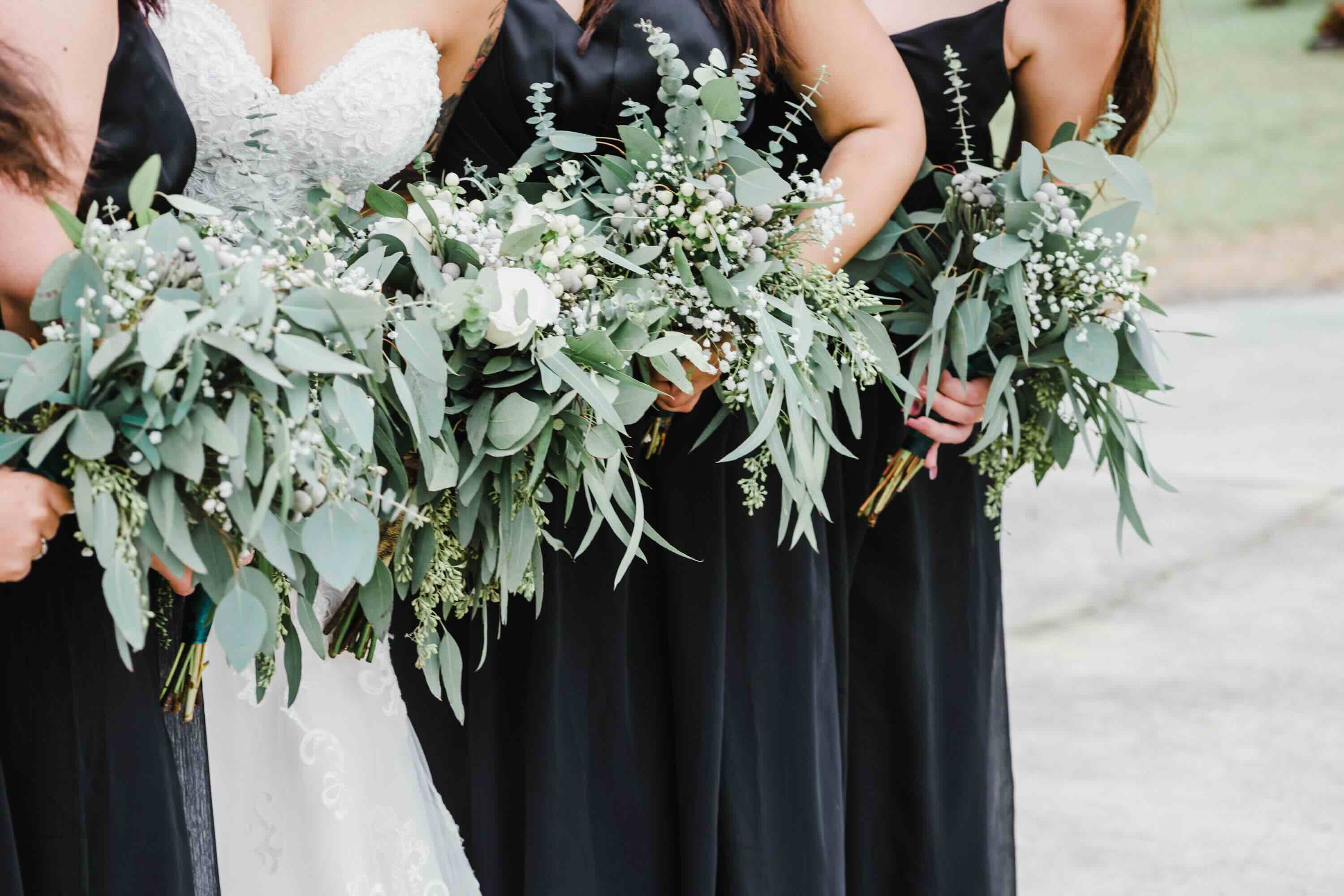
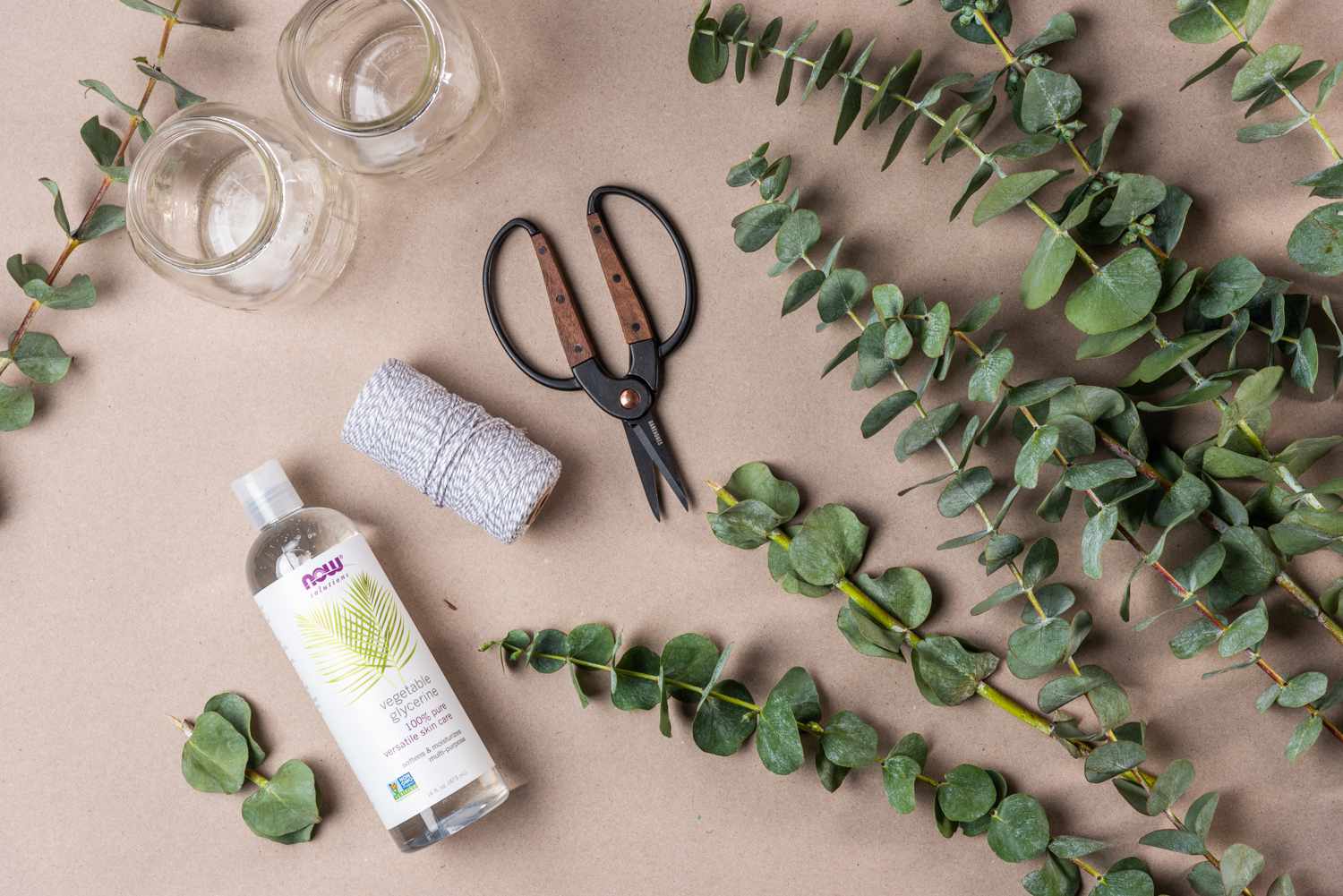
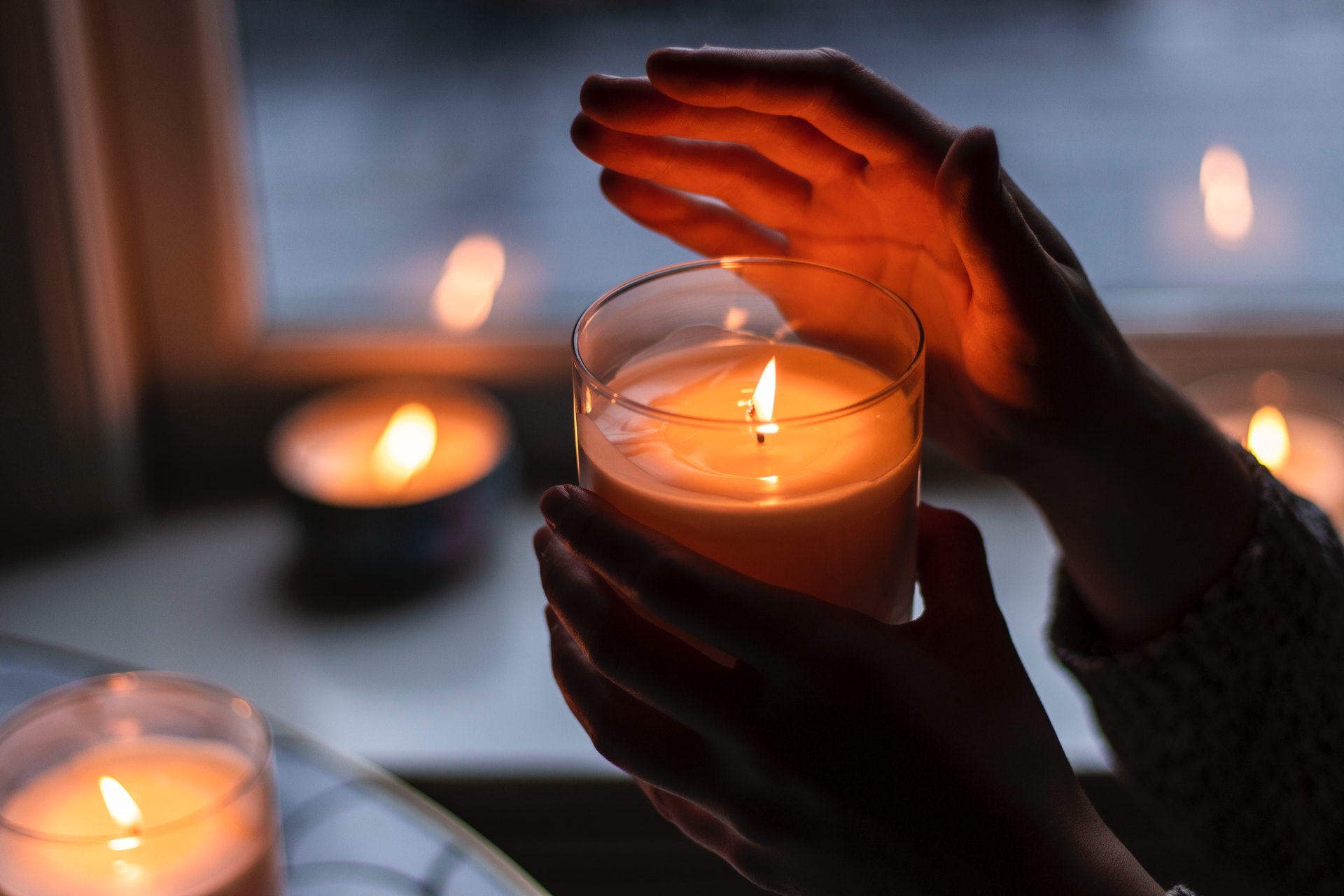
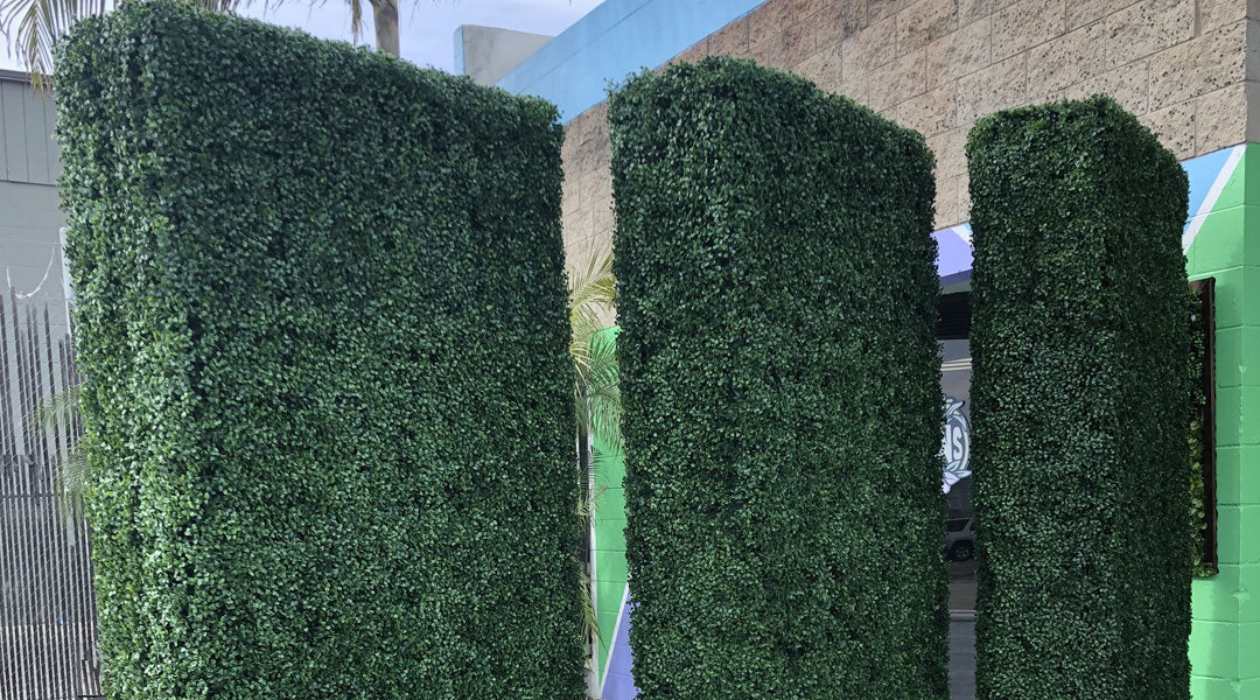
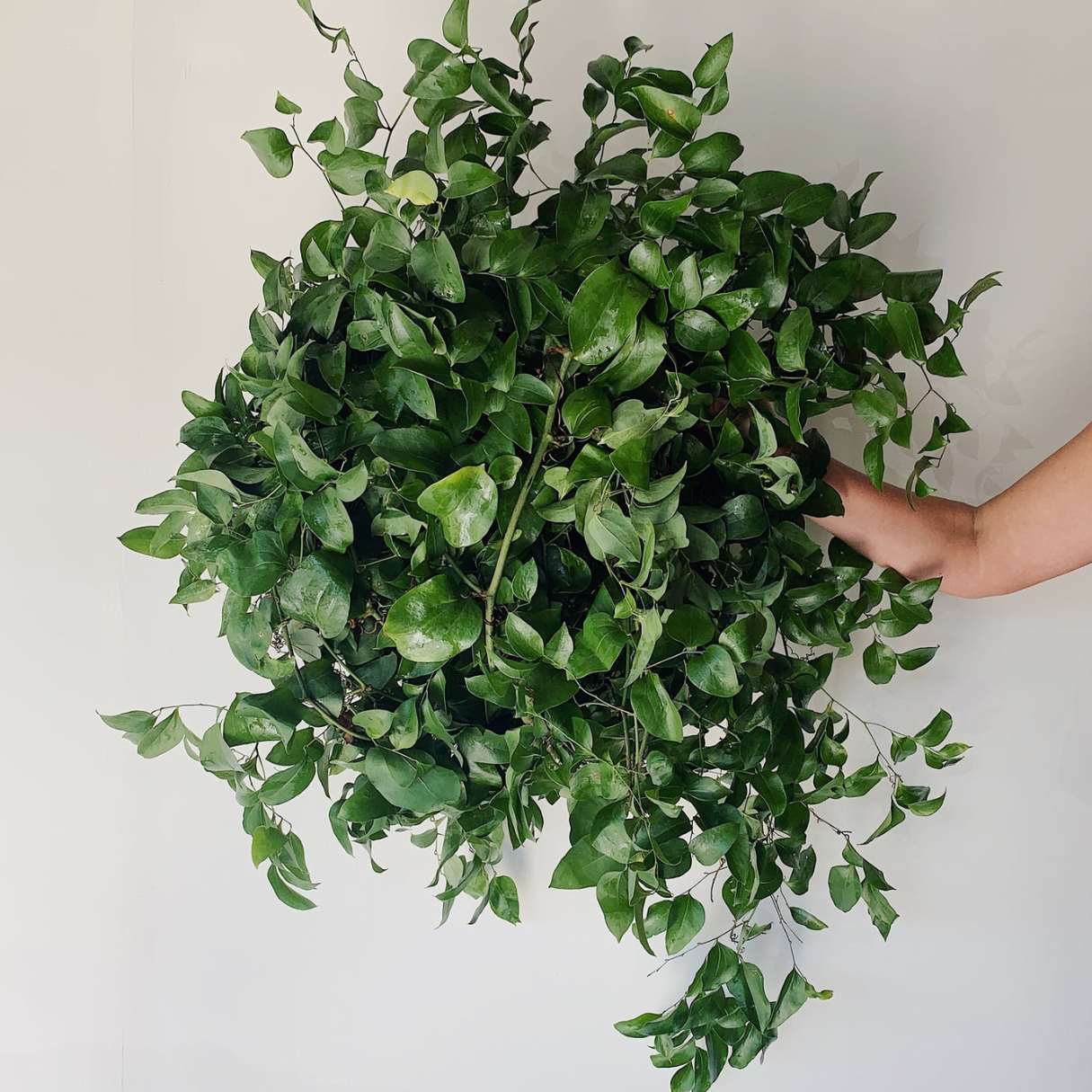
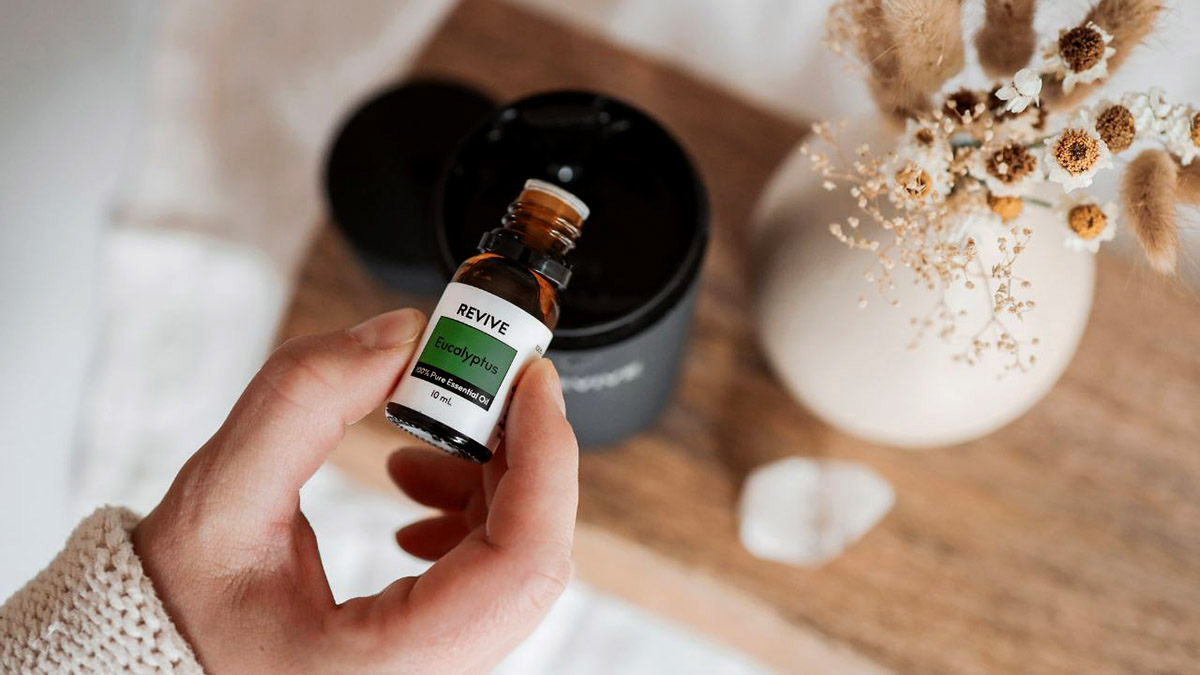
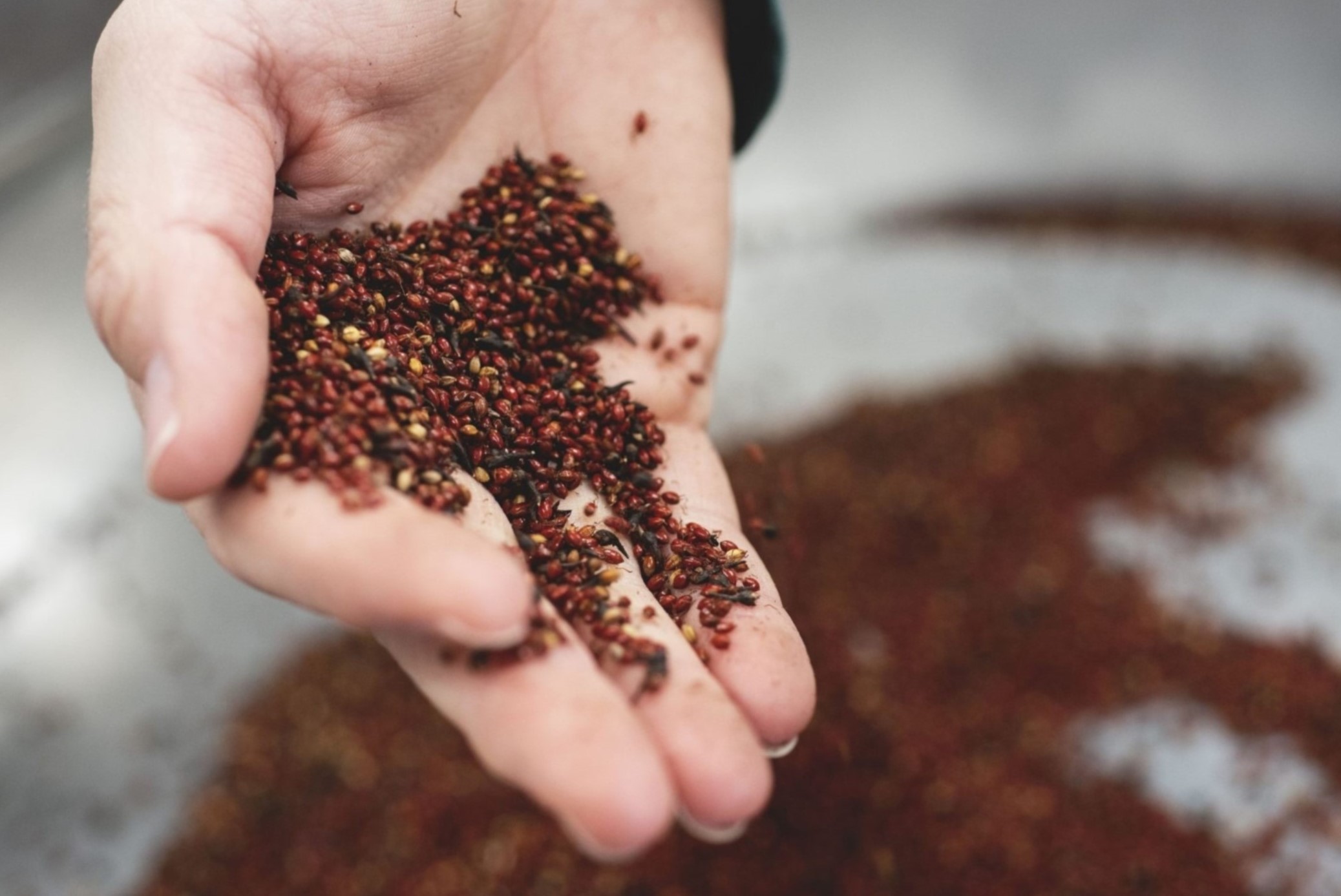
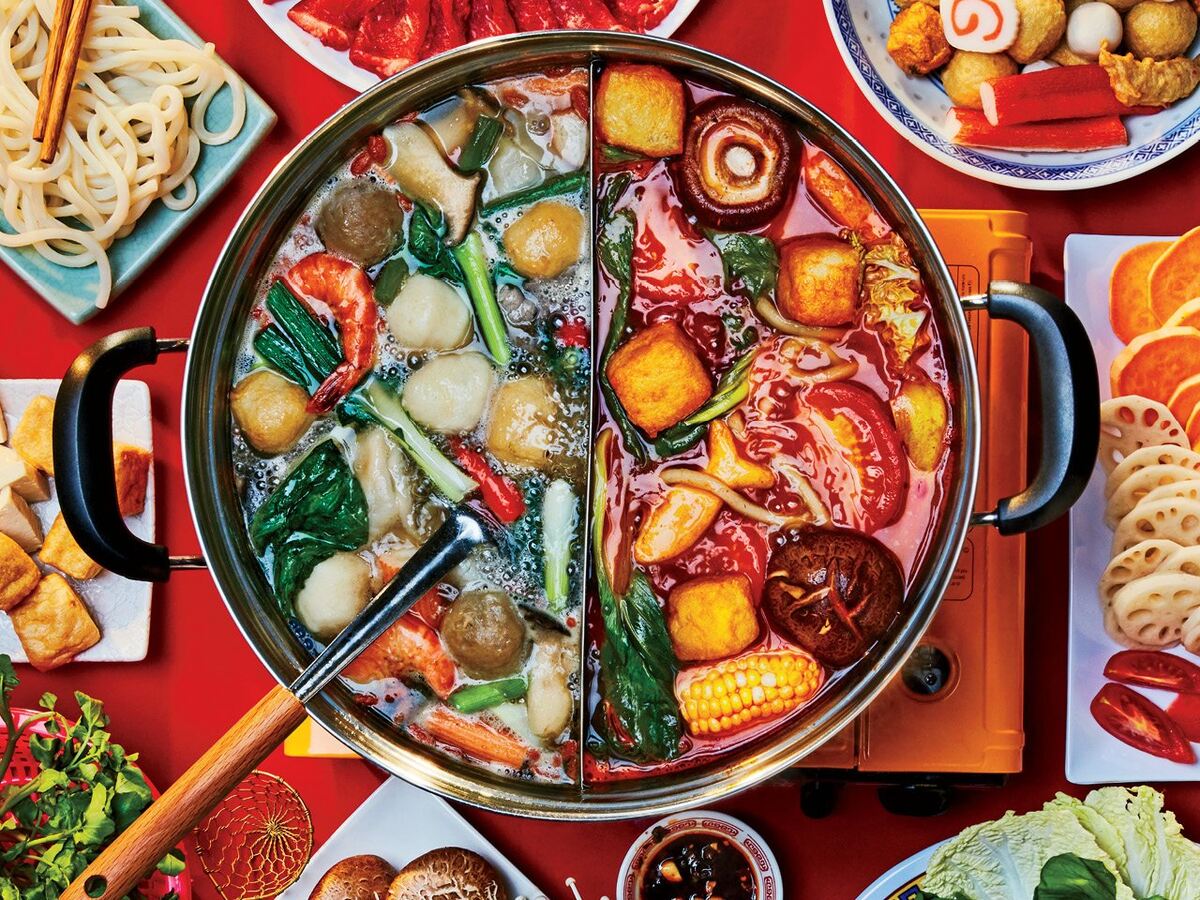
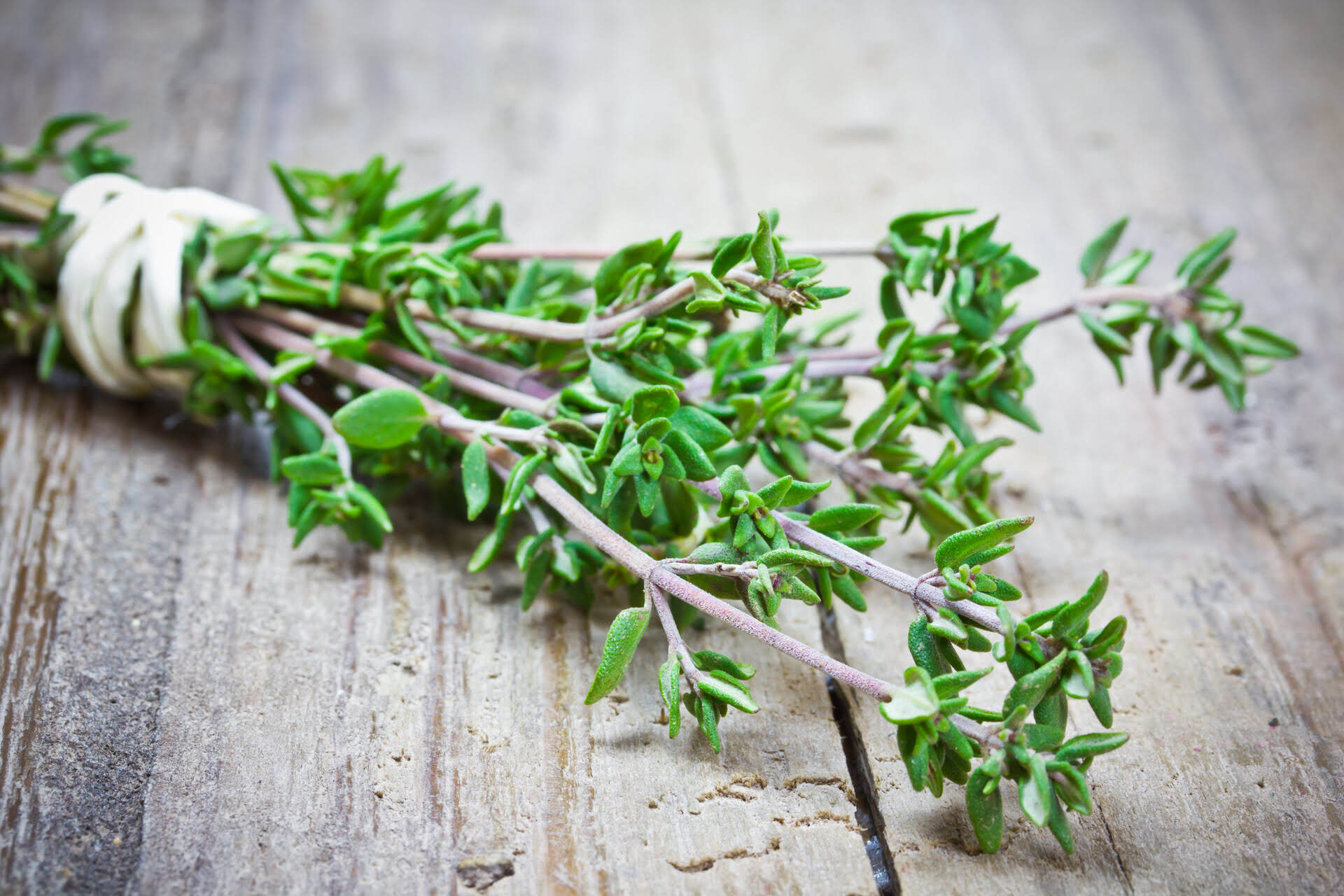
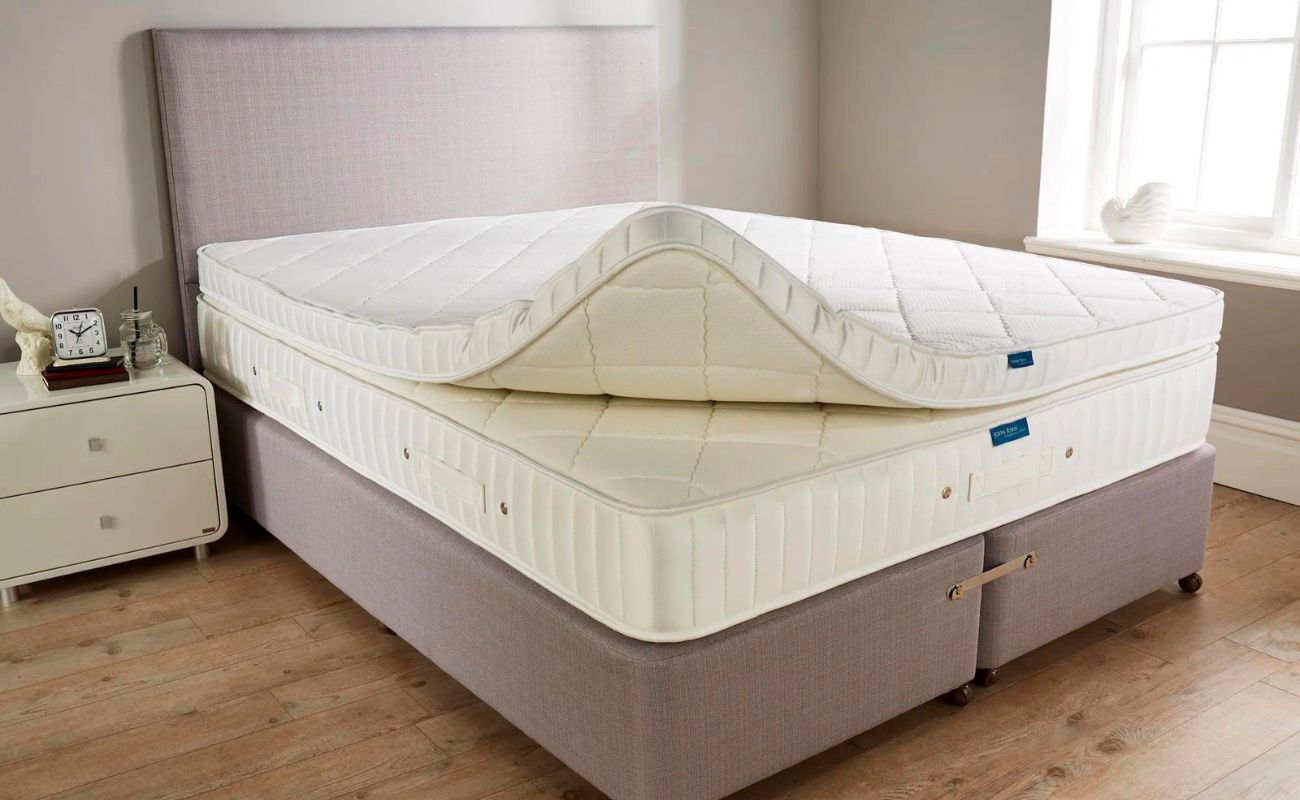
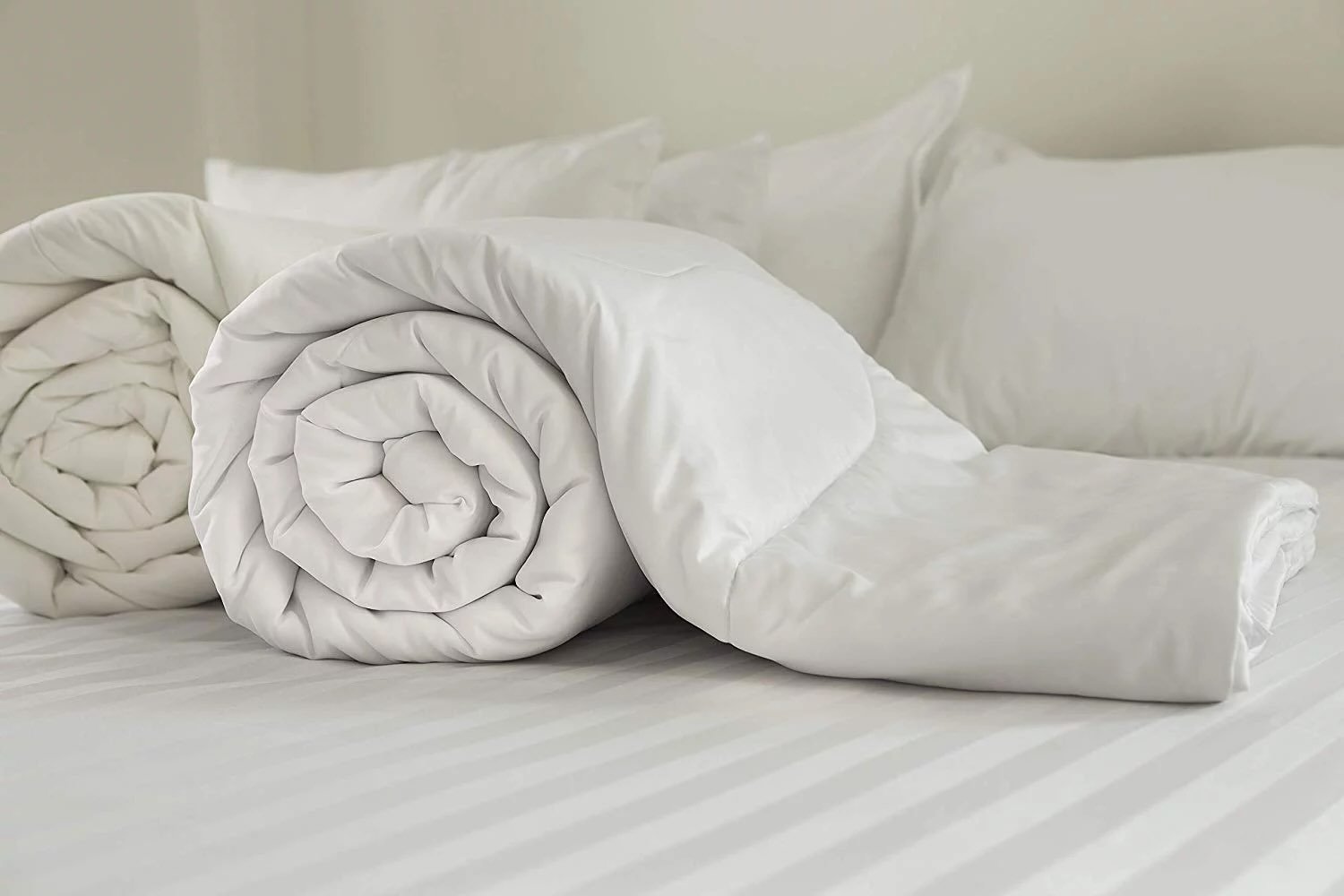
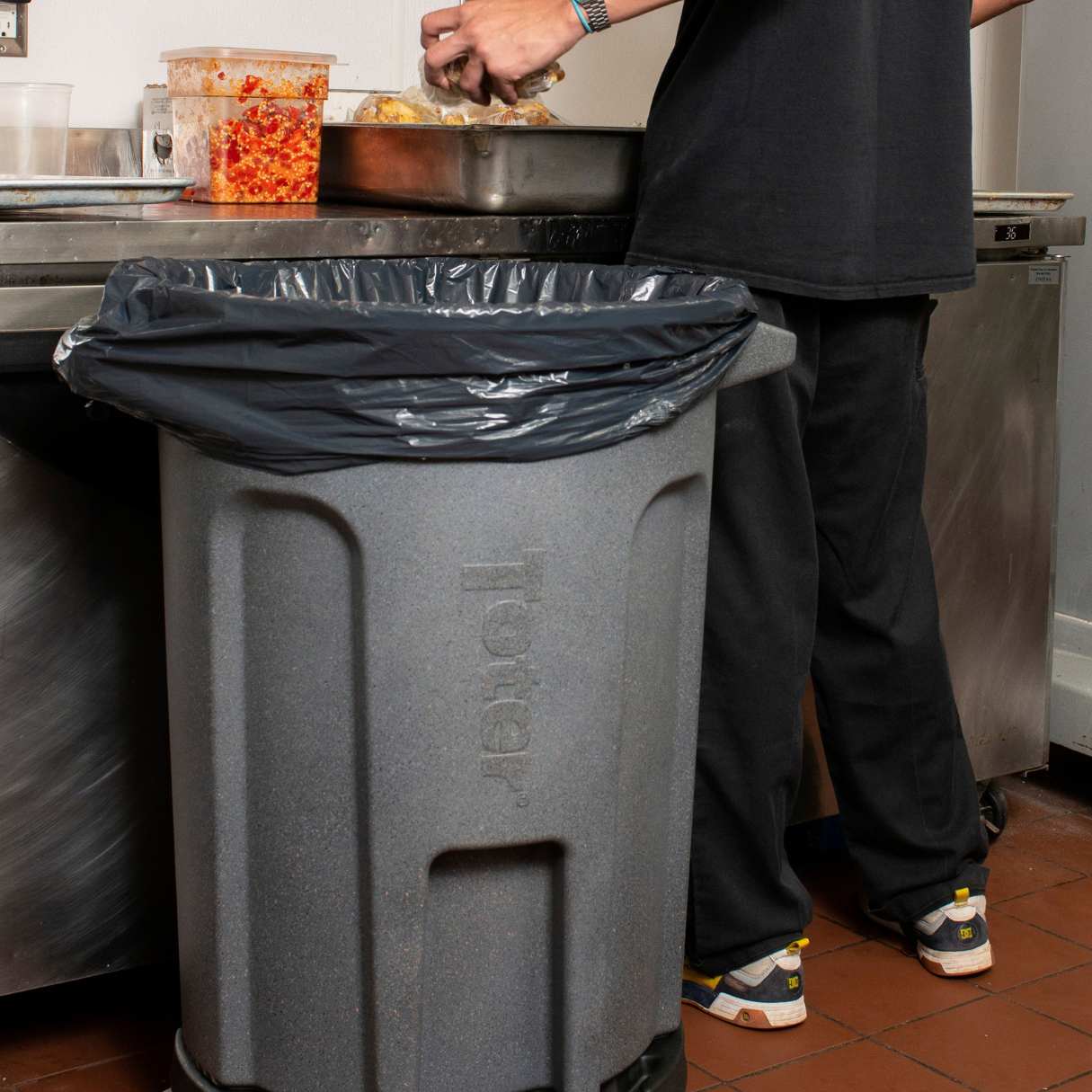

0 thoughts on “What Greenery Goes With Eucalyptus”